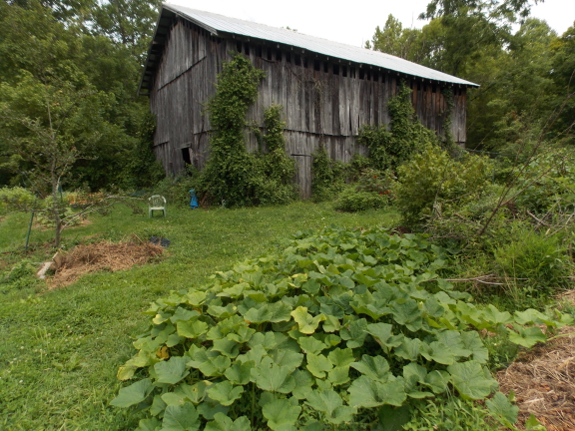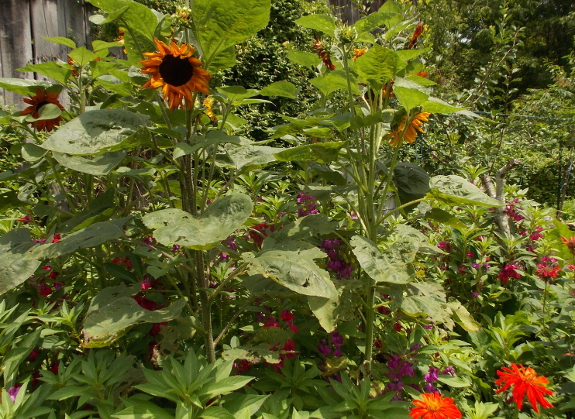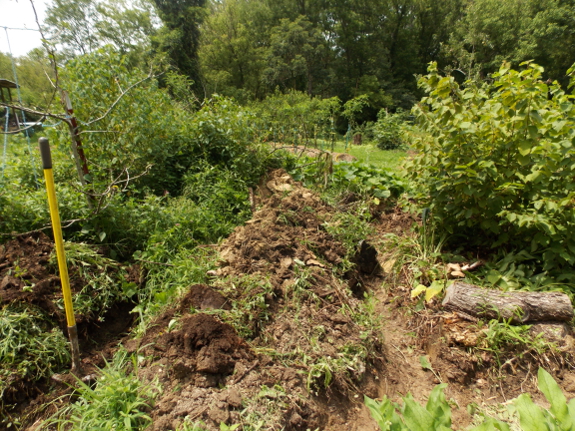
Reinvisioning the forest garden (again)

It seems like I reinvision the forest garden
every couple of years, always thinking this new plan is going to turn a
problem zone into an area of bountiful harvest. So take what I
write here with a grain of salt. But, really, I think I've got it
this time!
This year's reinvision is the result of rain and rodents. When voles girdled the three apple trees
that were supposed to grow into the canopy of the forest garden, I
finally had to admit that those trees had been ailing for quite some
time. The issue in the forest garden is the same as in the
neighboring back garden --- high groundwater drowns anything with roots
more than two or three inches below the surface in the winter.
I've worked hard to build tree mounds up out of the wet using copious
organic matter (logs, branches, leaves, weeds, manure, etc.), but as the
plant materials inevitably break down, my trees' roots end up right
back down in the submerged zone. As of this year, the only
perennials that are thriving in the so-called forest garden are a hazel
bush and tons of comfrey. Time to change gears.

The first thing I'm admitting is that high groundwater probably does
mean a poor place for trees. All of my soil amendments have
created a rich layer of topsoil, but the quality dirt soon gives way to
waterlogged clay that kills deep-rooted plants in the winter.
While I could keep working to make the forest garden a tree habitat,
chances are I'd be better off using my efforts to turn it into a shrub
and herb (in the botanical, not the culinary, sense) playground.

However, raising the planting zone up out of the groundwater enough to keep a foot or so of soil dryish does seem feasible now that I've experimented with a sky pond and chinampas.
Both have worked quite well, with Mark's only complaint being loud
toads singing on spring nights (requiring him to turn on a fan before
bed). Why not combine the two winning strategies, using dug-out
aisles to raise the planting surface while gently sloping excess water
toward a sky pond at the lowest point? As a bonus, I'll get to
discover whether a sky pond with no gleying will hold water as well as
the experimental one I semi-gleyed last year. And, as Mark said tongue in cheek, we really need more toads. Right? Who doesn't!?
Want more in-depth information? Browse through our books.
Or explore more posts by date or by subject.
About us: Anna Hess and Mark Hamilton spent over a decade living self-sufficiently in the mountains of Virginia before moving north to start over from scratch in the foothills of Ohio. They've experimented with permaculture, no-till gardening, trailersteading, home-based microbusinesses and much more, writing about their adventures in both blogs and books.
Want to be notified when new comments are posted on this page? Click on the RSS button after you add a comment to subscribe to the comment feed, or simply check the box beside "email replies to me" while writing your comment.
- Remove comment
